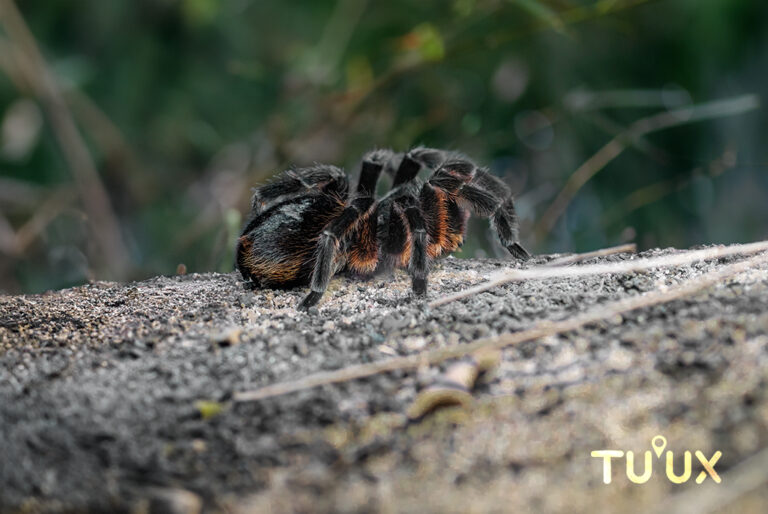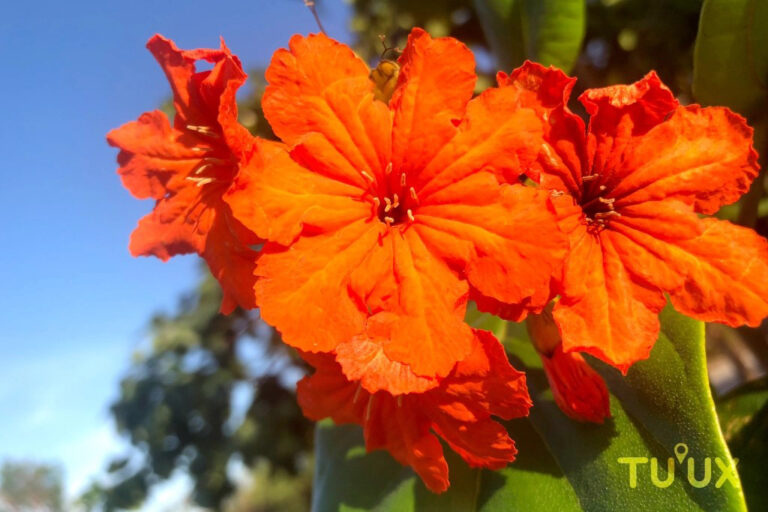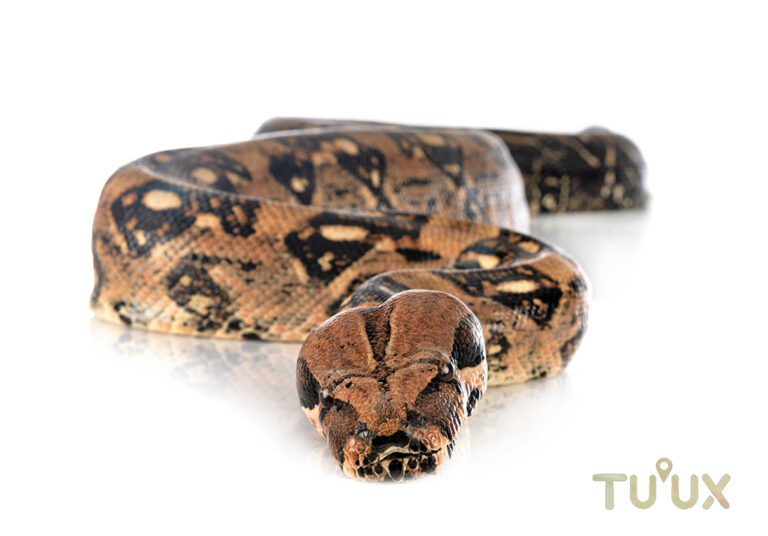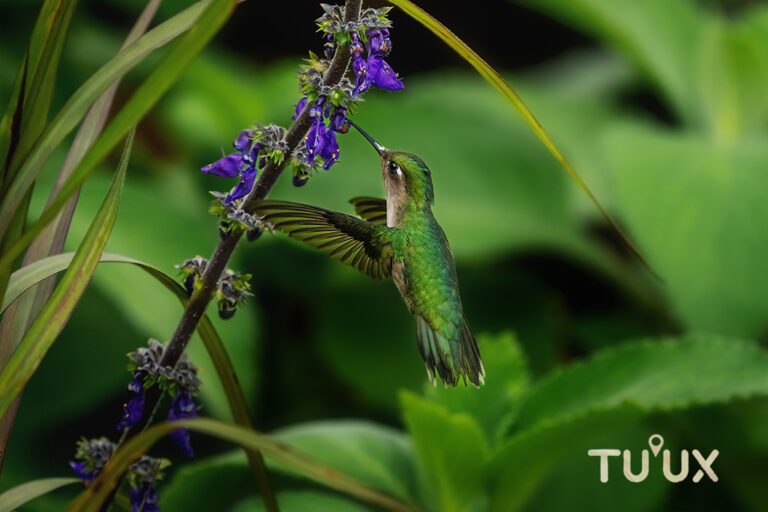LA IGUANA RAYADA
🦎 La Iguana Rayada (Ctenosaura similis): Emblema Escamoso de Mahahual
En los paraísos tropicales del Caribe Mexicano, entre selvas bajas, playas coralinas y ruinas mayas escondidas, habita un reptil tan ágil como emblemático: la iguana rayada o garrobo, cuyo nombre científico es Ctenosaura similis. Este carismático habitante es parte esencial del paisaje natural de Mahahual, Quintana Roo, y un recordatorio viviente de la riqueza ecológica que define a esta región.
🌿 Identidad Visual: Características Físicas
Reconocible por su cuerpo robusto y las franjas negras que recorren su lomo gris o marrón, la iguana rayada es una de las especies más imponentes de su género. Los machos, que pueden alcanzar hasta 1.3 metros de longitud, poseen crestas dorsales más prominentes y una complexión más musculosa que las hembras. Su cola larga y espinosa le sirve como herramienta defensiva y de equilibrio, mientras que sus fuertes patas, equipadas con garras afiladas, le permiten escalar con facilidad troncos, muros y ramas.
🏝️ Hogar en la Selva y la Costa: Hábitat y Distribución
Esta especie se adapta con facilidad tanto a zonas selváticas como urbanas, siendo común verla en Mahahual, ya sea descansando bajo el sol en una roca o desplazándose con rapidez entre la maleza costera. Prefiere ambientes cálidos y secos, aunque también se le encuentra cerca de cuerpos de agua y manglares.
En Mahahual, la presencia de vegetación nativa, árboles frutales y zonas poco intervenidas le brinda el entorno ideal para desarrollarse y reproducirse.
☀️ Una Rutina de Sol: Comportamiento
La iguana rayada es diurna y territorial, y pasa buena parte del día asoleándose para regular su temperatura corporal. Aunque puede parecer tranquila, es extremadamente rápida y escurridiza. Si se siente amenazada, corre velozmente o trepa a los árboles, demostrando una agilidad sorprendente. Es común verla descansando sobre muros de piedra o enramadas al mediodía.
🥬 ¿Qué Come? Dieta Omnívora con Tendencias Herbívoras
La dieta de Ctenosaura similis está compuesta principalmente por hojas, flores, frutos y brotes tiernos, aunque no duda en consumir insectos, huevos de aves y pequeños vertebrados si se presenta la oportunidad. Esta versatilidad le permite sobrevivir incluso en temporadas secas, cuando los recursos son limitados.
En Mahahual, árboles como el almendro, la chaya o el ciricote forman parte de su buffet natural.
🥚 Ciclo de Vida: Reproducción
Durante la temporada cálida, los machos compiten por el derecho de aparearse, mostrando comportamientos rituales como movimientos de cabeza y cambios de color. Las hembras cavan nidos en la tierra suelta, donde depositan entre 5 y 20 huevos. Después de cerca de 90 días de incubación, nacen las crías, que desde el primer momento son autosuficientes y vulnerables a numerosos depredadores.
🌱 Una Pieza Clave en el Ecosistema
Más allá de su apariencia llamativa, la iguana rayada cumple funciones vitales:
- Dispersa semillas a través de sus heces, ayudando a la regeneración del bosque.
- Controla insectos y pequeños animales, equilibrando las poblaciones.
- Sirve de alimento para aves rapaces, serpientes y mamíferos carnívoros, formando parte de la red trófica del ecosistema.
⚠️ Retos y Conservación
Aunque no se encuentra en peligro crítico, Ctenosaura similis enfrenta amenazas como:
- Pérdida de hábitat por el desarrollo urbano y turístico.
- Captura ilegal para consumo o comercio como mascota.
- Muerte por atropellamiento en zonas urbanas.
En Mahahual, es fundamental continuar los esfuerzos de conservación, desde la educación ambiental hasta la protección de áreas verdes. Las prácticas de ecoturismo responsable y la promoción de una convivencia armónica entre humanos y fauna local son claves para preservar esta especie.
🌴 Conclusión: Un Tesoro Vivo de Mahahual
La iguana rayada no solo es parte del paisaje natural de Mahahual: es un símbolo de resiliencia, adaptación y biodiversidad. Observarla en su entorno natural es un privilegio que debemos valorar y proteger. A través de la conservación y el respeto por su hábitat, aseguramos que futuras generaciones también puedan maravillarse con este dragón tropical que custodia silenciosamente los caminos del Caribe mexicano.


Claro, aquí tienes la traducción al inglés del artículo enriquecido con formato de blog:
🦎 The Black Spiny-tailed Iguana (Ctenosaura similis): A Scaled Icon of Mahahual
In the tropical paradises of the Mexican Caribbean—where lowland jungles, coral beaches, and hidden Mayan ruins converge—lives a reptile as agile as it is iconic: the black spiny-tailed iguana, scientifically known as Ctenosaura similis, and locally referred to as “garrobo”. This charismatic creature is a key element of the natural landscape in Mahahual, Quintana Roo, and a living reminder of the ecological richness that defines the region.
🌿 Visual Identity: Physical Characteristics
Easily recognized by its strong build and distinctive black bands along a gray or brown body, the black spiny-tailed iguana is one of the most striking species of its genus. Males, which can grow up to 1.3 meters (4.3 feet) in length, feature more prominent dorsal crests and a more muscular build than females. Their long, spiny tails serve both as a defense mechanism and for balance, while their powerful legs and sharp claws make them skilled climbers of walls, trees, and rocks.
🏝️ Home in Jungle and Coast: Habitat and Distribution
This adaptable species thrives in both wild and urban areas. In Mahahual, it is often spotted basking in the sun on rocks or darting through coastal vegetation. It prefers warm, dry environments, but is also found near water bodies and mangroves.
Thanks to Mahahual’s abundance of native plants and relatively undisturbed green zones, the iguana has found an ideal environment to thrive and reproduce.
☀️ A Sun-soaked Routine: Behavior
Primarily diurnal and territorial, the black spiny-tailed iguana spends much of the day sunbathing to regulate its body temperature. Though it appears calm, it is incredibly fast and alert. When threatened, it quickly runs or climbs trees to escape. It’s common to see them resting on sunny rocks, rooftops, or tree trunks during midday.
🥬 What Do They Eat? An Omnivorous but Plant-Leaning Diet
Ctenosaura similis is mostly herbivorous, feeding on leaves, flowers, fruits, and tender shoots, but it may also eat insects, bird eggs, and small vertebrates when available. This dietary flexibility helps the species endure dry seasons.
In Mahahual, it often feeds on local plants such as almond trees, chaya, and ciricote—forming part of its natural buffet.
🥚 Life Cycle: Reproduction
During the warmer months, males engage in ritual displays like head bobbing and color shifts to compete for mates. Females dig shallow nests in soft soil, where they lay between 5 and 20 eggs. After around 90 days of incubation, the hatchlings emerge fully independent but vulnerable to predators.
🌱 A Keystone Species in the Ecosystem
Beyond its striking appearance, the black spiny-tailed iguana plays several important ecological roles:
- Seed disperser, aiding in forest regeneration.
- Pest controller, helping regulate insect and small animal populations.
- Prey species for birds of prey, snakes, and carnivorous mammals—supporting the local food web.
⚠️ Challenges and Conservation
Though not critically endangered, Ctenosaura similis faces several threats:
- Habitat loss due to urban and tourist development.
- Illegal capture for consumption or the pet trade.
- Roadkill incidents in areas with vehicle traffic.
In Mahahual, conservation efforts focus on habitat preservation and environmental education. Promoting eco-friendly tourism and respectful coexistence with local wildlife are essential steps in ensuring this species’ long-term survival.
🌴 Conclusion: A Living Treasure of Mahahual
The black spiny-tailed iguana is more than just part of the landscape—it’s a symbol of resilience, adaptation, and biodiversity. Observing it in the wild is a privilege worth protecting. Through conservation and awareness, we can help future generations discover and appreciate this tropical “mini-dinosaur” that silently guards the Caribbean coast of Mexico.







